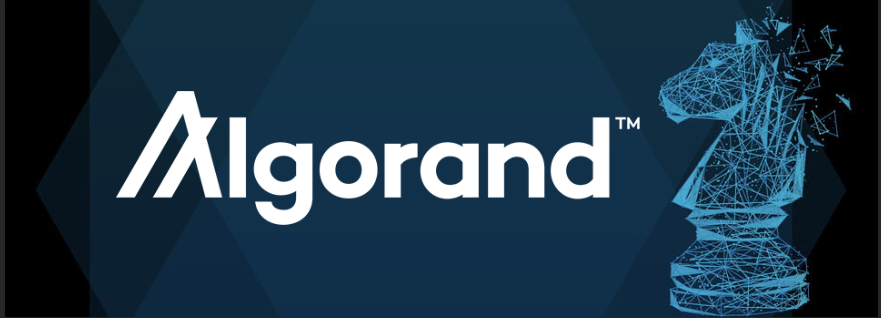
Before trying to turn your head around blockchain technology, it is important to understand why it is important. In our view, blockchain is important because today’s increasingly centralized economies have significant disadvantages:
Distrust: We can freely exchange and exchange information (thanks to today’s Internet), we cannot easily exchange and change the value without going to a third party.
Necessary intermediaries lose confidence: 92% of millionaires (2.5 billion people) do not trust centralized financial institutions because the privacy of their data is compromised or threatened by security breaches.
Billions of people are excluded: many have no access to basic financial services and cannot participate in the global economy.
Slow transaction processing speed: It can take days or weeks for value to move from one country to another or from one financial institution to another within the same country.
Incompetence: financial transaction costs account for 6% of global GDP, costing more than $ 4 trillion worldwide.
We believe that open-source blockchain technology has the potential to make the global resource economy safer, more open, and transparent. Algorand is a completely unlicensed and decentralized public block. Users do not need the consent of any trusted authority to join the network and participate in the protocol. Anyone can exchange blockchain technologies and participate in module creation. The data is public, so each participant can read each volume. Each participant can write a transaction in a future volume.
Why is blockchain technology not widely accepted?
Existing blockchain solutions want to solve the above problems. However, they are slow or permissible. Slow blockchains cannot handle the number of transactions that flow into the economy every day. Allowed blockchains to accumulate power in the hands of a few players and cannot change the arrival of new participants. There is only one type of user in the Algorand blockchain technologies. Because Algorand’s protocol is based on pure evidence, no user or group of users can distinguish themselves from the protocol.
Each user can play any role in the protocol according to their role. All users who own Alcos and are online are automatically eligible to participate in all activities of the protocol, including proposing constituencies and voting in constituencies.
How does Algorand solve the above problems?
Algorand is the first blockchain that can be measured and approved. This allows for many benefits, in particular:
Trust: Trust is built from diffusion and cryptographic tools that ensure the invariability of the partition ledger. By participating by consensus any user can contribute to the security of the decentralized network. Digital assets are not stored in one central location but are distributed throughout the world ledger using the highest level of cryptography.
Transaction: Anyone can submit new transactions and read the full history of transactions.
Speed: Users can transact almost instantly with anyone around the world.
Minimum processing costs: Algorand reduces the cost of calculating blockchain participation. Accordingly, transaction costs may be lower.
Algorand’s Smart Contracts (ASC1) removes these barriers with proven performance as a reliable, seamless solution that is not only fast, scalable, and cost-effective, but also functionally advanced to implement the sophisticated and complex application. Algorand’s smart contracts (ASC1s) are trusted programs that run on a chain where users can trust that the program runs flawlessly, and the results are not corrupted. They integrate with Algorand Tier-1 and get the same powerful speed, size, finish, and protection as the Algorand operating system, and they are inexpensive and error-free.
ASC1s can automate custom rules and logics from defining how complex property application logic and assets can be converted to flow. ASC1s are written in a new language as Transaction Execution Approval Language (TEAL) and Python, Python language binding. Algorand has developed a technology to eliminate friction in funds, and generally creates the exchange of non-friction value with a cognitive view of the type of property.
The technology of Algorand
The technology of Algorand is intended to help fill the divide in the conventional financial environment by introducing modern technologies. Not unexpectedly, with Algorand’s Layer-1 Standard Properties, Smart Contracts, and absolute Atomic Swaps, the result was a proliferation of use cases that rapidly shifted to the Algorand blockchain protocol because of its functionality and ease of execution.
The technology of Algorand is intended to help fill the divide in the conventional financial environment by introducing modern technologies. Not unexpectedly, with Algorand’s Layer-1 Standard Properties, Smart Contracts, and absolute Atomic Swaps, the result was a proliferation of use cases that rapidly migrated to the Algorand blockchain protocol because of its functionality and ease of execution.
Furthermore, while no blockchain technologies will guarantee that during a partition, blocks are written to the chain, Algorand will recover shortly after the partition is resolved and ensures that new blocks are created at the same speed as before the partition. The nodes reach partition recovery mode after a group of Algorand nodes see little improvement for a while (approximately a little more time than it takes to settle on one block).
In this state, the nodes regularly send out recovery messages, in addition to continuing the consensus protocol. These messages are not correctly propagated during a partition. However, once the partition has resolved, these messages are instantly propagated, and until a requisite message threshold is accumulated, the node states are realigned and the blockchain begins to move forward. This enables Algorand to recover from partitions almost instantaneously.
The use and debate of blockchain technologies and digital asset technology have been accelerated by these developments, the growth of Blockchain interoperability for permissioned and permission less protocols, along with the unfortunate incidence of Covid-19.